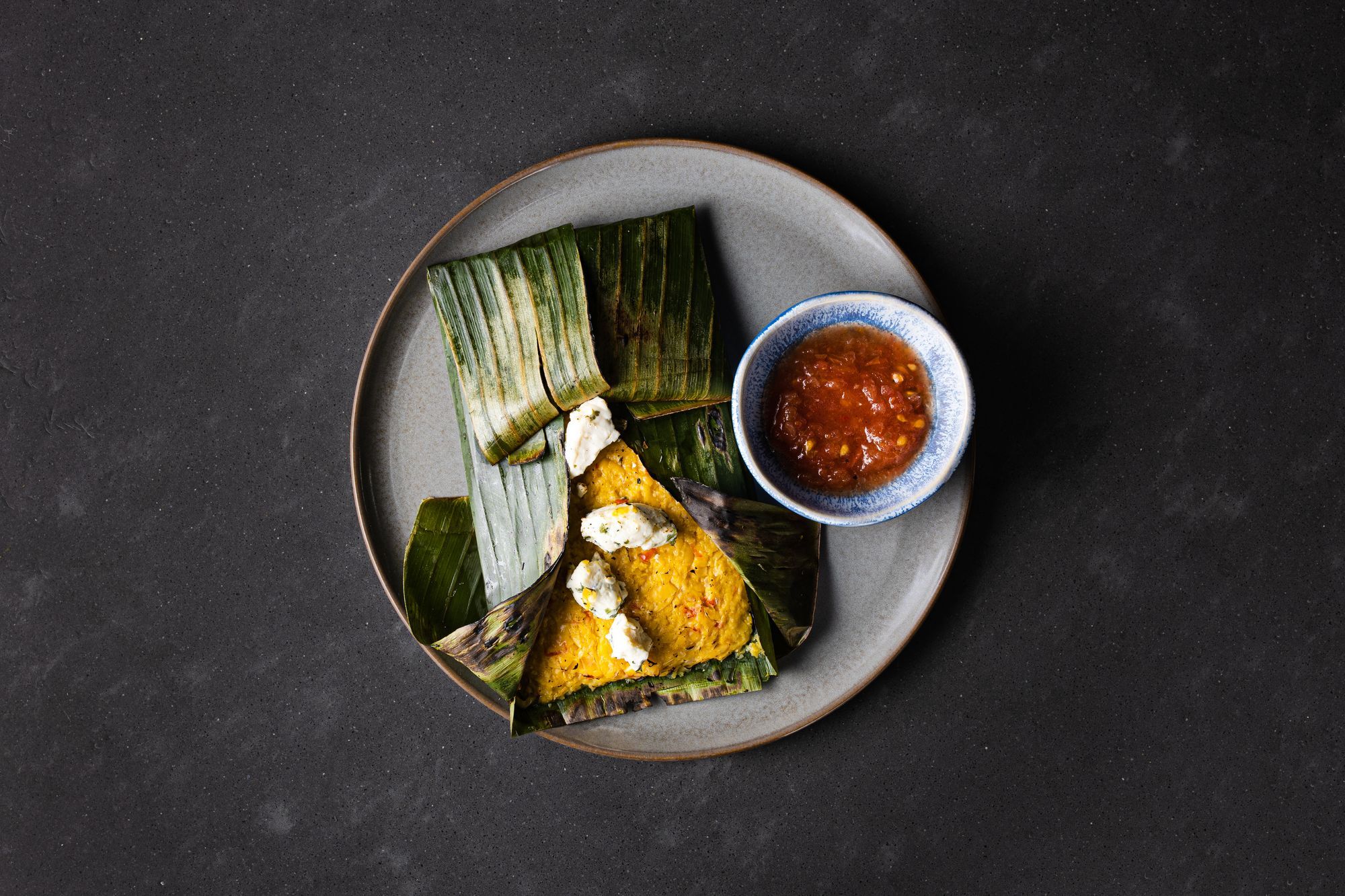Fire is life. Energy, birth, death, purification—if we learn to respect and handle it, it is the most useful companion, but if we underestimate its power, it is a dangerous phenomenon. Of course, for true harmony, the other three elements, earth, water, and air, whose unity is the foundation of our universe, cannot be neglected. All this may seem overly sentimental, but besides the order of nature and the laws of our existence, there lies something truly tangible. You don’t even have to go too far for it, just down Ponty Street in Budapest, to the garden of flickering flames of the UMO restaurant.
I believe that food and the preparation of food have their own sacredness. It is there from the moment the ingredients are selected and processed. When we are conscious of what we put on the table when we feel gratitude for the gifts provided by nature, and when we want to express this in a culinary creation. In this way, a simple tomato, bursting with red life can quickly take on a new dimension—think of all the little things that need to happen, all the care that goes into turning a seed into a seedling, a seedling into a flower, a flower into a ripe, sweet fruit. A fine dish will reflect this, but even beyond that, talented chefs can incorporate their life story into the flavors and shapes, revealing in a single bite where they have come from and where they are going.

José Guerrero’s name may already be familiar to our readers, as we’ve already featured him in the magazine in connection with the ANIMA project, and we’ve also interviewed him on the dishes of the future. But for those who haven’t met him yet: he grew up in Colombia but studied at the Basque Culinary Center in San Sebastian, one of Europe’s most prestigious gastronomic institutions. Here, research, design, product and business development, and even microbiology go hand in hand with the culinary arts, so he arrived with a complex approach to the world of gastronomy. He gained experience in several Michelin–starred restaurants around the world, but when the epidemic hit, he found himself looking for a new home. That is how he arrived in Hungary with his partner, Fanni Molnár, who he met abroad, and started working on restaurant innovation as an R&D chef at the Arany Kaviár Restaurant. In parallel, he also built the ANIMA project in transnational collaborations such as the one with Thimus, where they studied the neural processes that occur during eating to better understand the dining experience and the development of a plant-based meat product (the perfect alternative sausage).
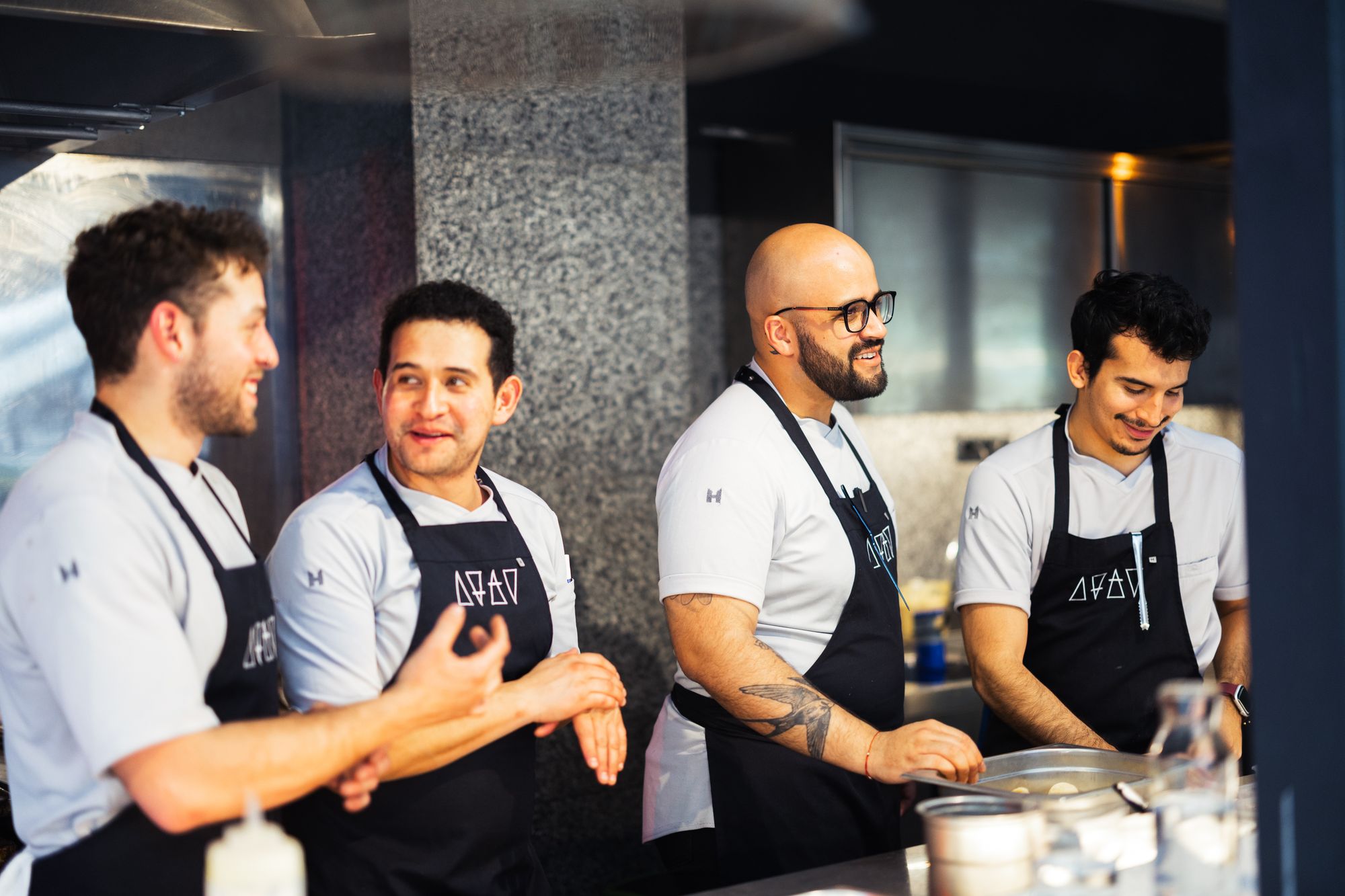
But José couldn’t deny his Latin American roots, nor does he want to. That’s why UMO was created last year in the back garden of the Monastery Boutique Hotel, next door to MoszkvaTér Bistro. The intention was to show the boundless and natural world of barbecue as a culinary art. Last year the restaurant was still searching for its true identity, but this year it burst into life with the warm weather of late spring. José himself is in charge, along with three chefs from overseas (Argentina, Ecuador, and Venezuela) and of course Fanni. “Flavours of the soul,” the menu proclaims, but the concept is more than just a psychological gloss. José travels the country to discover the best local producers with the help of Boldizsár Horváth (Farm2Fork) and then transforms their produce according to his vision.

There are surprising similarities between the cuisine of Central America and that of Hungary: plenty of vegetables (tomatoes, onions, corn, sweet potatoes), a soothing freshness (herbs), and pure flavors (meats, fish). Of course, there are some differences due to the different terroir, making cassava and plantains staple ingredients, while cabbage is less so. Each dish on the menu is accompanied by the provenance of the ingredient, as it is also a stated goal to support small local producers in a sustainable, holistic way.
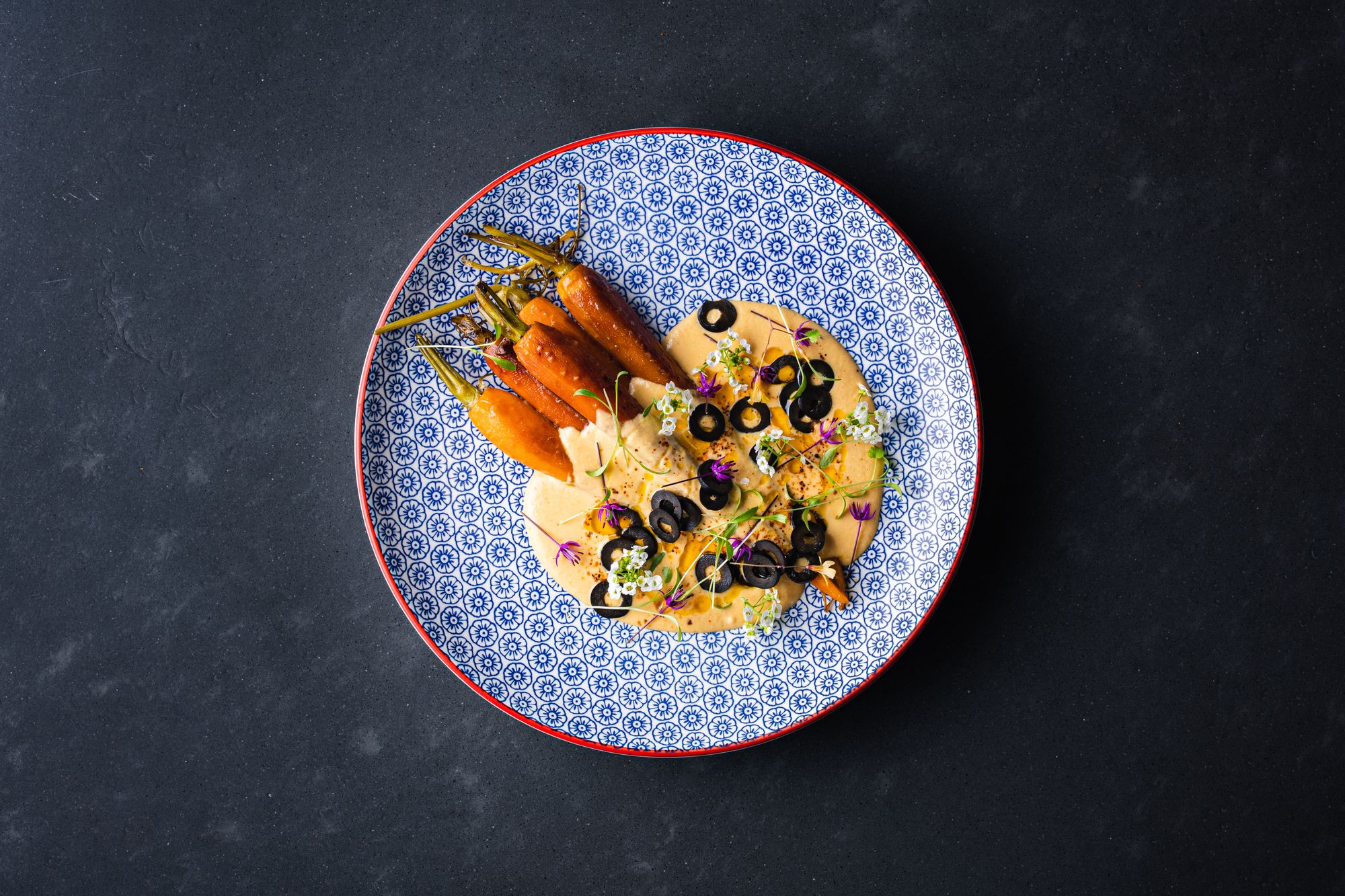
It’s easier to gain momentum from a good base, but if the knowledge and passion are lacking, the intention is futile. The real power here comes from the team, the coordinated, almost choreographed work, and the fire itself. In the dishes, childhood memories and personal history take on a new form, and tasting them is like flipping through a scrapbook. For this reason, there is no distinctly Colombian or Argentinean dish, there is fusion in everything. José, for example, is a fan of Japan and the country’s culinary innovations, so he’s not afraid to infuse a touch of Nippon into a recipe. Everything has a multicultural feel; the asparagus from Csengele is bathed in lemongrass and coconut milk marinade, and the tuna is made complete with hot peppers from Kiskunfélegyháza. Or there’s the tamal made of corn from Cibakháza—essentially a corn porridge steamed in banana leaves—the first taste of which brought back moments of my childhood in Zala.
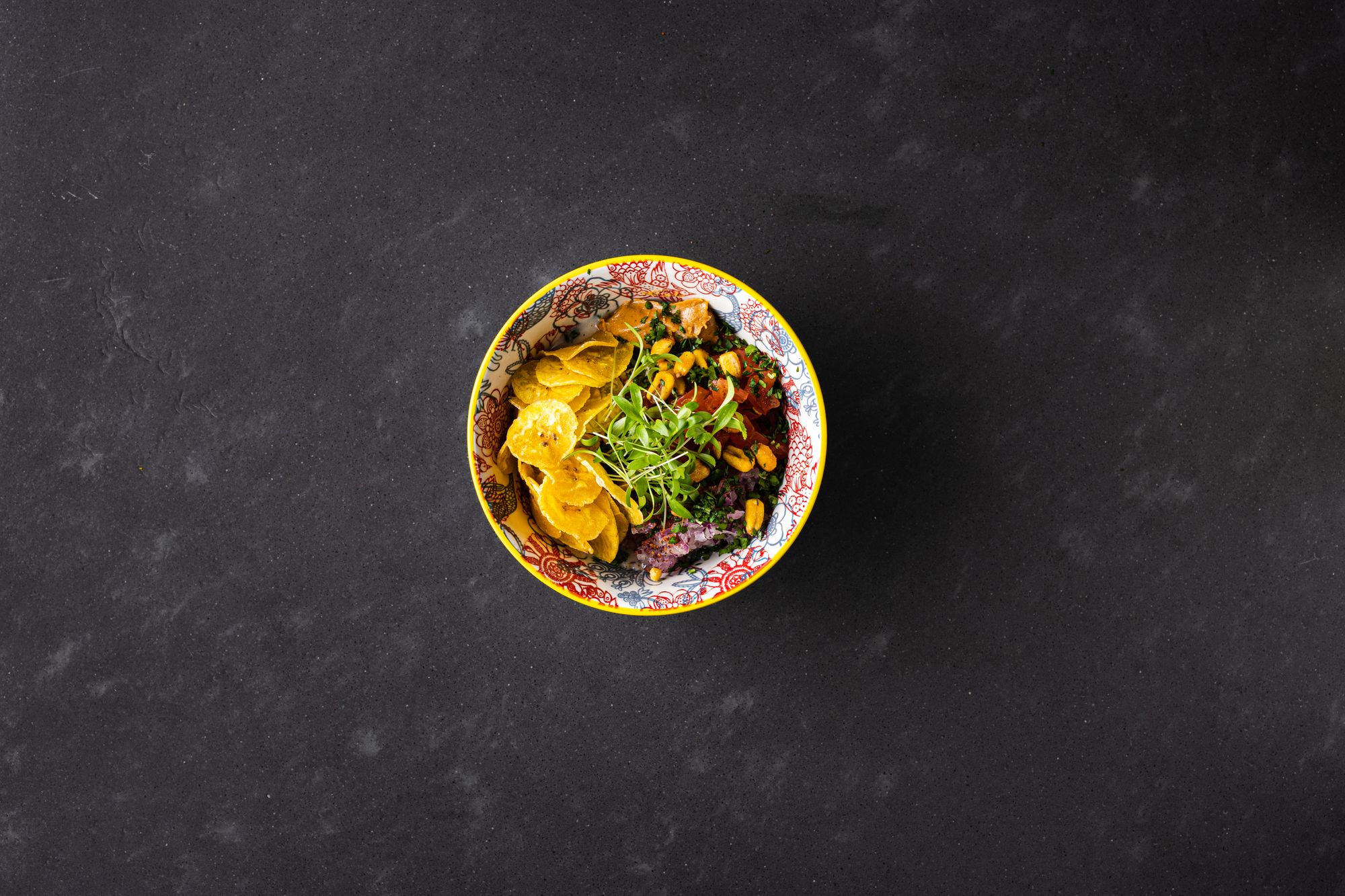


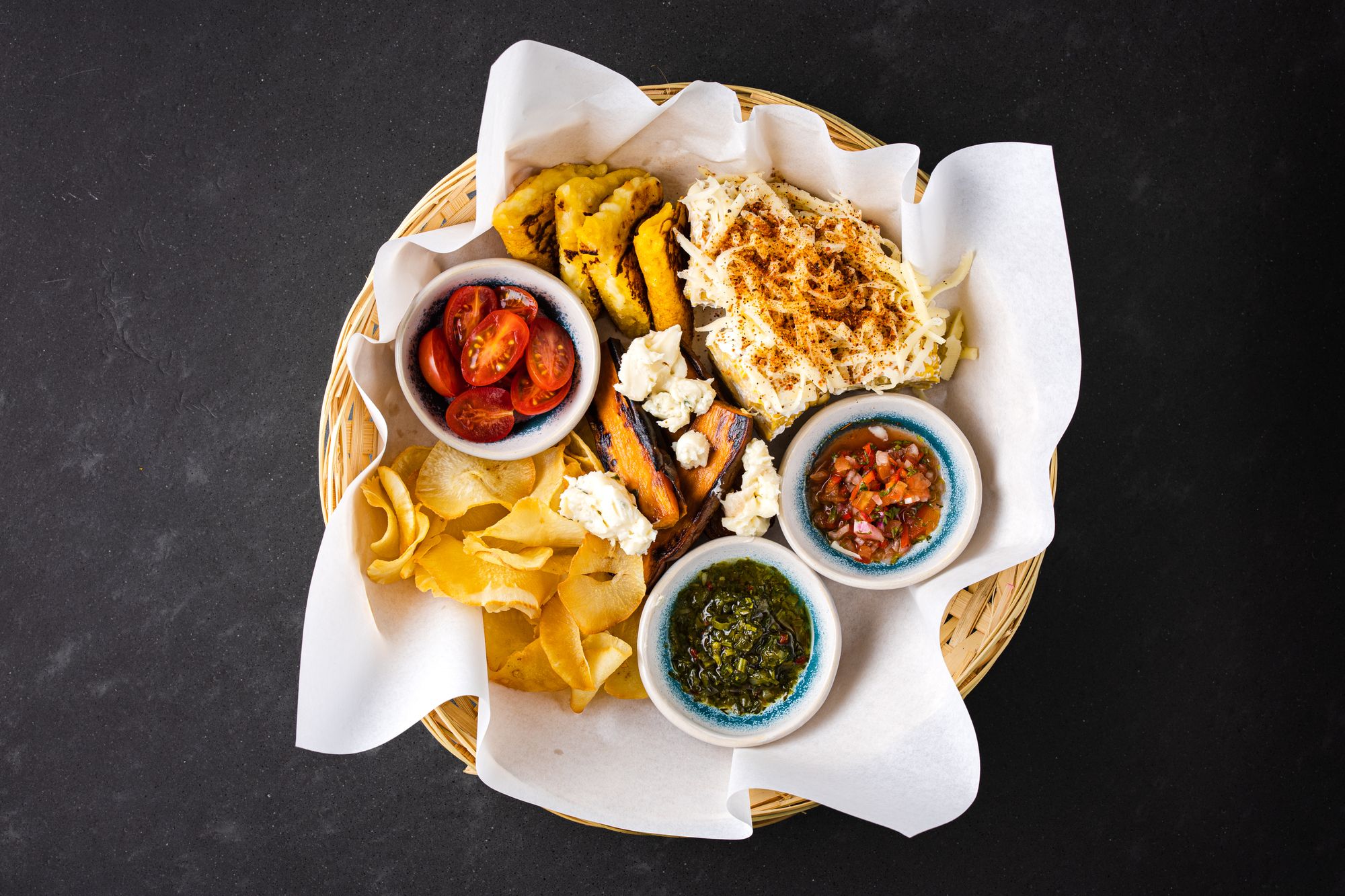
The real spice in everything is the fire. The heat of the flames, the special grill, and the char that forms on the surface of the ingredients. It takes steaks and fish to a whole new level, but also the vegetables mentioned above. For experiencing more flavor, ask for The basket platter, which offers a filling but still light selection of corn, cassava chips, and sweet potatoes alongside two types of tomato sauce. The incredible work of the team is without a doubt what keeps the flame alive in the UMO. To see their tireless, energetic, and genuinely heartfelt efforts is a true blessing. Their food not only gives, but also tells a story, and most importantly, shows us that people can be separated by an ocean, yet still have much in common. When you taste the creamy, slightly smoky flan, so good and so familiar like a bowl of caramel-vanilla-flavored floating island or pudding, you will understand.
UMO | Web | Facebook | Instagram
Photos: Péter Láng
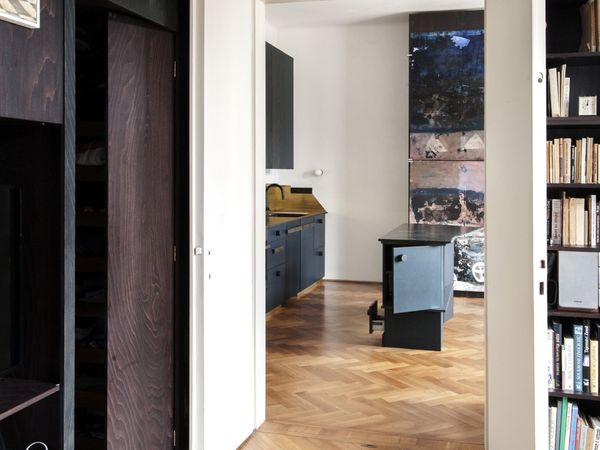
Unique apartment in an Art Nouveau villa in Prague

Hungarian artist’s installation sways on the Vltava in Prague










